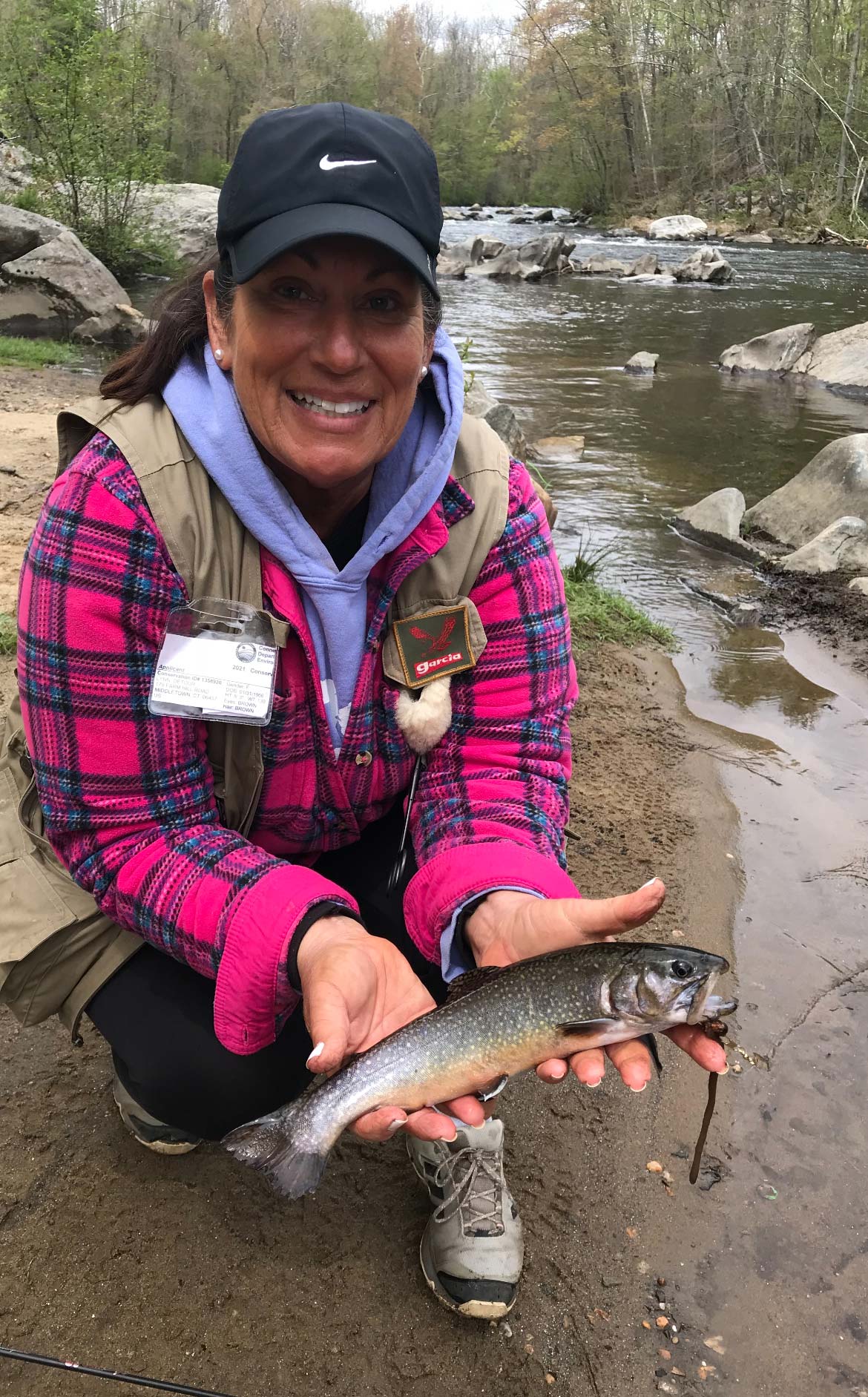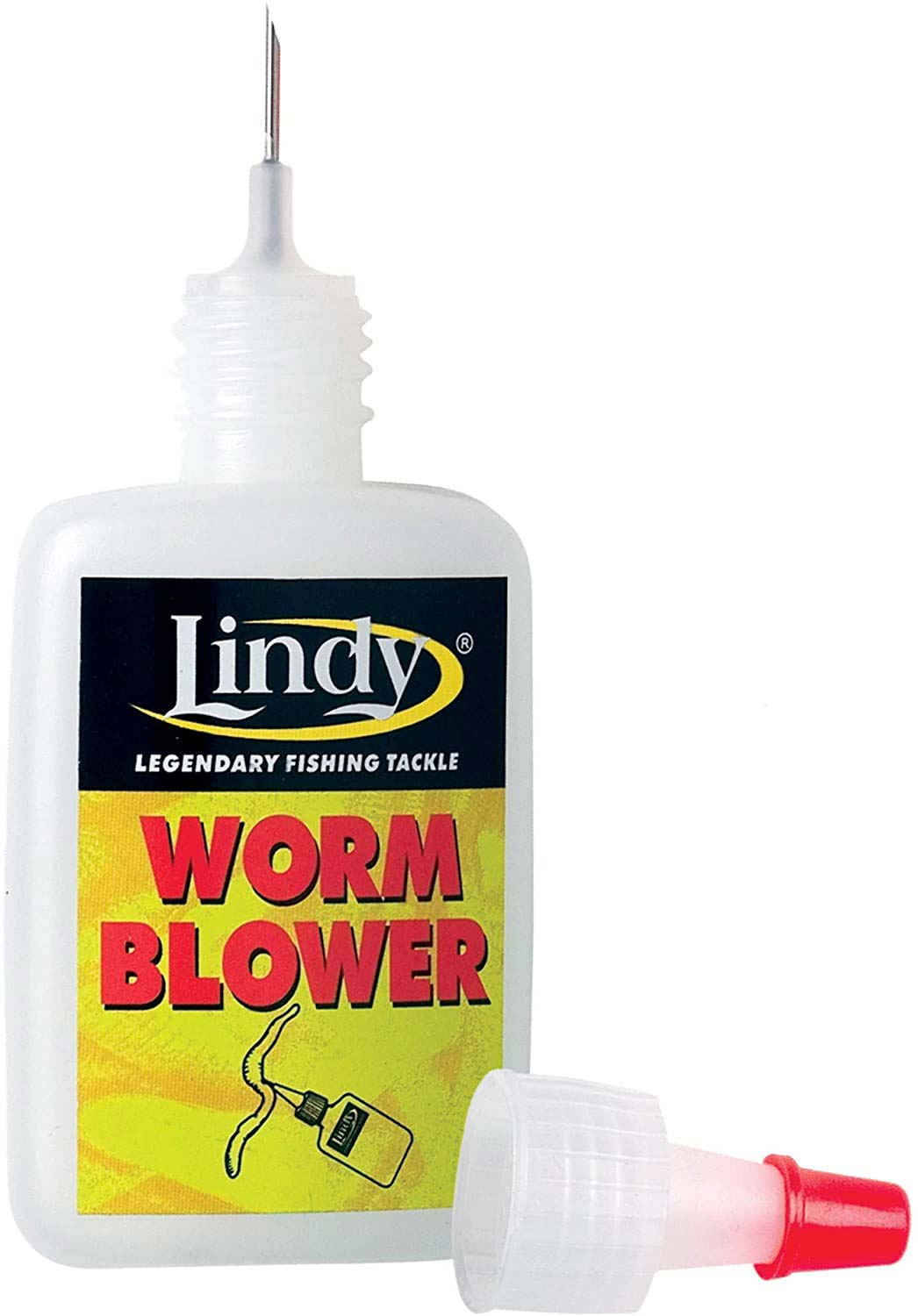
Bait dunkers can expect more bites by airing up their baits.
The term ‘worm blower’ may sound like the perfect insult for that obnoxious neighbor that lets his dog do his business on your lawn and walks away like he didn’t notice. But the truth is, a ‘worm blower’ is a useful tool for springtime trout hunters.
My introduction to this practice came at the hands of contributing writer John D. Silva. He invited me to fish for trout one chilly February morning and I caught him injecting his nightcrawler with a syringe. He quickly explained that he was not impregnating it with scent or, I don’t know, synthetic adrenalin, but was adding pockets of air to the bait. Within just a few minutes his inflated worm was inhaled by a solid rainbow trout. So yes, you can use a syringe or a commercially available ‘worm blower’ which looks a lot like a bottle of Super Glue with a hollow needle protruding from the nozzle.
I expect that everyone reading this column has fished bait on the bottom and understands that clumps of weeds are part of the game. The air inside the worm is not put there to make the bait look extra plump and juicy, the air is put there for its positive buoyancy; in other words, because it floats. This ensures that your bait floats above your weight, away from the bottom, rocky crevices and weeds.
This may call into question the angler obsession with natural presentation, a worm sinks, but MENSA hasn’t offered a stocked trout chapter for a reason: stocked trout just aren’t very smart. I have often pictured what that initial bite must be like, chomping down and releasing all those bubbles, maybe something like Pop Rocks for trout, but the main theme here is, floating your worms works.
Air Pressure
Depending on the size of your worm, you may only need one small bubble of air for a garden worm or as many as four or five for a large nightcrawler. For longer worms, try to distribute the air pockets evenly throughout the length of the body. It should probably go without saying that you should hook the worm first, or else risk puncturing your air pocket or having to deal with a freaked-out worm. I suggest hooking the worm only once—to allow for optimal undulations—and using the smallest hook possible so that the injected air can easily lift the rig.
In addition, the use of circle hooks should be automatic with any ‘bait and wait’ style fishing where you will not be holding your rod. A simple slip-sinker rig with a legal sinker weighing no more than 3/8-ounce will get the job done. You can certainly experiment with leader length and strength, but 18 inches of 6-pound mono or fluoro has worked just fine for me.
The basic rig I use looks like this; a slip sinker is added to the main line with a small plastic bead, the main line is tied – either with a swivel or knot – to the leader with a hook tied to the other end. I hook the worm just ahead of the ‘egg sac’ portion, pump it up a bit and cast. It’s true that this rig doesn’t exactly produce majestic rainbow casts, but it doesn’t have to. That bait floating up into a roaming trout’s face, is – almost always – too much for them to resist.
Not Just Worms

While fishing for lake trout in one of Massachusetts’ largest reservoirs I observed another use for the lowly worm blower. One angler along the bank was clearly having more action than anyone else, a few moments of passive observation (spying) revealed that he was using a worm blower to gas-up his shiners. There’s no delicate way to put this, the air is injected into the intestines through the orifice that leads directly to the intestines.
If you can’t grasp what I’m trying to say here, think Chevy Chase and his famous scene from the movie Fletch where he goes to the doctor’s office… “Moooon Riverrr”. The rig is the same, use a heavier weight if needed, but the shiner should be hooked across the throat or through the lips, not through the back because the rig will be trying to turn the bait over. This makes it impossible for the shiner to seek refuge on the bottom leaving it wide open to predators. It’s also a great way to utilize fresh dead shiners.
Most tackle shops that cater to freshwater fishermen will have worm blowers on the shelf, don’t be shy about asking for them. If you can’t find one, you can ask a doctor friend to grab you a clean syringe—either will work fine. I don’t usually use bait for trout, but when I do, I’m floating it, because it works and it keeps my hooks free of weeds and debris.




